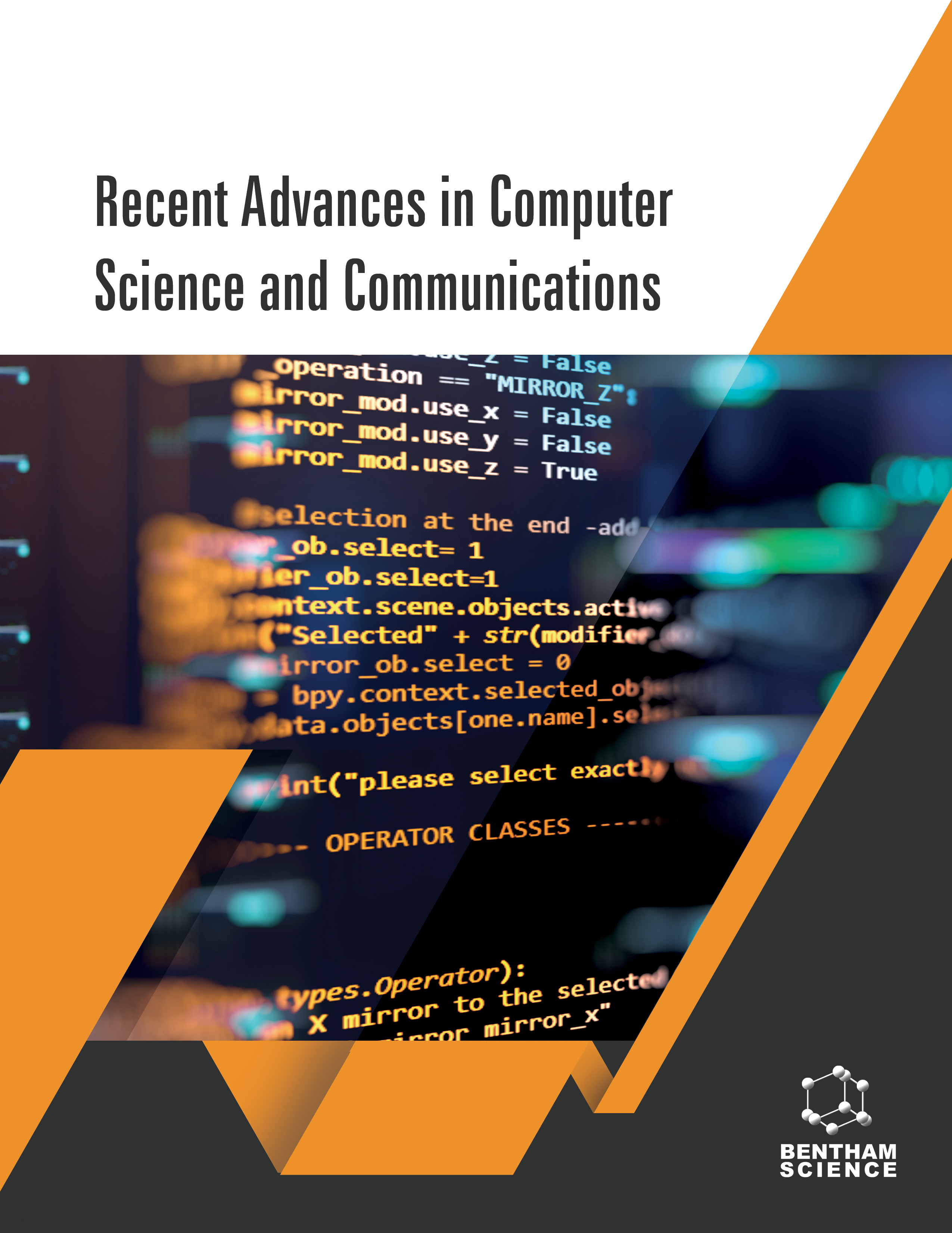
Full text loading...
We use cookies to track usage and preferences.I Understand

Considering the singularity of collaborative filtering algorithms in recommending learning resources and the problem that existing knowledge graph convolutional networks cannot deeply mine the neighbourhood information of learning resource nodes in application scenarios with less neighbourhood information, a multi-domain fusion convolutional network learning resource recommendation model based on knowledge graphs is proposed here.
This study aimed to improve the accuracy and personalization of recommendations of filtering algorithms.
First, the model mapped learner nodes, learning resources, and their neighbour nodes into low-dimensional dense vectors. Second, the multi-domain fusion layer and the multi-domain aggregator were used to obtain the fused multi-domain learning resource vector. Finally, the learner vector and the multi-domain learning resource vector were fed into the prediction layer to calculate the interaction probability.
To verify the effectiveness of the algorithm, we conducted a comparative experiment using the publicly available datasets MOOPer and MOOCCubeX. The experimental results showed that the proposed model outperformed baseline models, such as CKE, MKR, KGCN, DEKGCN, and KGIN, in terms of evaluation metrics, such as AUC, ACC, and F1. At the same time, when the neighborhood information was limited, the AUC, ACC, and F1 values of the proposed model still maintained the optimal value.
Compared to the optimal baseline model, the effectiveness of the proposed model has been proven.

Article metrics loading...

Full text loading...
References


Data & Media loading...